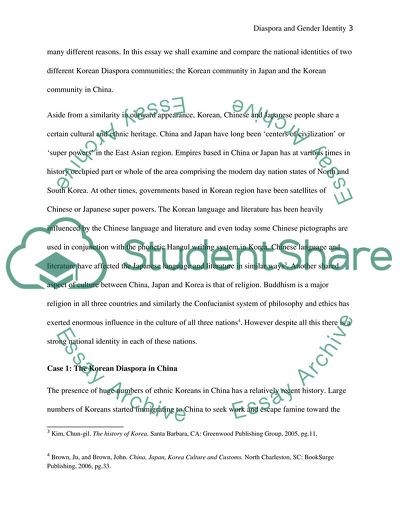Cite this document
(Diaspora and Gender Identity in Asia Research Paper, n.d.)
Diaspora and Gender Identity in Asia Research Paper. Retrieved from https://studentshare.org/gender-sexual-studies/1738381-asian-studies-asian-identities
Diaspora and Gender Identity in Asia Research Paper. Retrieved from https://studentshare.org/gender-sexual-studies/1738381-asian-studies-asian-identities
(Diaspora and Gender Identity in Asia Research Paper)
Diaspora and Gender Identity in Asia Research Paper. https://studentshare.org/gender-sexual-studies/1738381-asian-studies-asian-identities.
Diaspora and Gender Identity in Asia Research Paper. https://studentshare.org/gender-sexual-studies/1738381-asian-studies-asian-identities.
“Diaspora and Gender Identity in Asia Research Paper”, n.d. https://studentshare.org/gender-sexual-studies/1738381-asian-studies-asian-identities.


